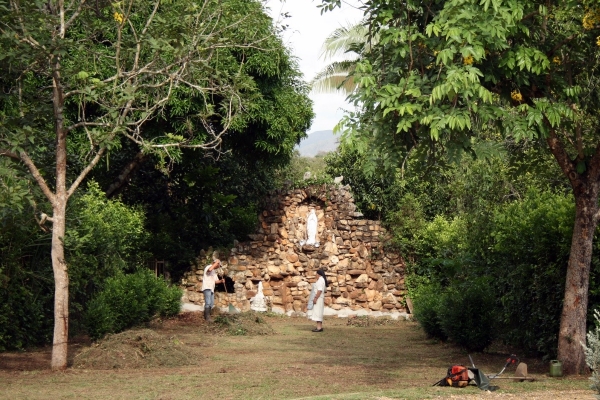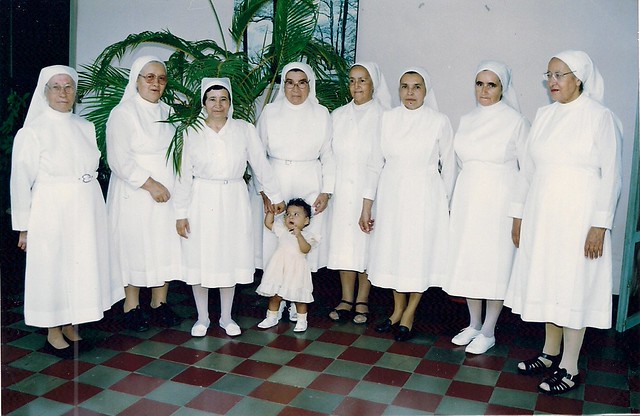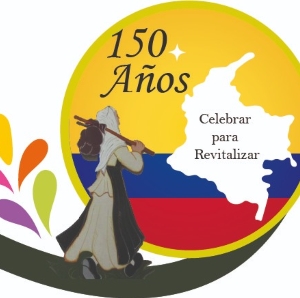Santafe (Colombia), 06/01/2017, María Teresa Buitrago E., Faculty of Nursing; María Stella Rodríguez Arenas, Faculty of Theology; Carlos Eduardo Nieto, Faculty of Architecture and Design.- For more than two years, the “Pontificia Universidad Javeriana” (Xavier’s Pontifical University) has been present in Agua de Dios (water of God) for the development of the Investigation Project titled: "Comprehensive approach to the social structure of the territory of Agua de Dios starting with leprosy as the basic reality".
From the results of this investigation, we could confirm the deep sense of gratitude of all classes of people for the work that the Community of the Sisters of the Presentation had accomplished there, for more than a century (1892-2011).
 Agua de Dios, Internado Crisanto Luque, 2012. Photo: Carlos Eduardo NietoAmong the religious Communities who were present in this village, the Sisters of the Presentation were the ones responsible to take care of the physical and spiritual needs of the population sick with leprosy, because of their original Charism. We could prove the footprints of their presence and their recognition through the witnesses like the following:
Agua de Dios, Internado Crisanto Luque, 2012. Photo: Carlos Eduardo NietoAmong the religious Communities who were present in this village, the Sisters of the Presentation were the ones responsible to take care of the physical and spiritual needs of the population sick with leprosy, because of their original Charism. We could prove the footprints of their presence and their recognition through the witnesses like the following:- “The Salesian Fathers came to make their house and everything in 1891 and asked the Salesian Sisters but, because their original Charism is not in the field of health care and as we needed here a Community who would come and serve the sick, they called the Sisters of the Presentation of San Juan de Dios Hospital... gave obedience to the first 7 Sisters who came to Agua de Dios.” (E, Sanatorium Worker, August 2015).
- “The Sisters (of the Presentation) were the heads of the infirmary; many were anesthetists, nurses who accompanied the doctor for the surgeries. But, in all these daily activities, the priority was given for the spiritual aspect.” (E, Sanatorium Worker, august 2015).
- “These religious communities accompanied the sick in their spiritual life and affective life and formed good human relationships with them. Afterwards, they did not feel being alone; they already had the Sister who helped them and who treated them; there was the Sister who like the pastor went around and visited them, “said mass” for them and taught them to play an instrument; they opened a center where we could send the children to be formed; then we made an asylum where we put these children to be educated and then everything else.” (EP, September 2015).
The memory of this great gift can be like an immaterial patrimony, which transcends the frontiers of the Community and is transformed to be a precious heritage, which we must cherish.


 EN
EN  ES
ES  FR
FR 





